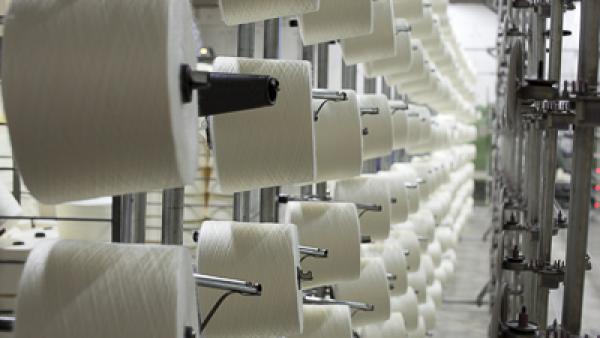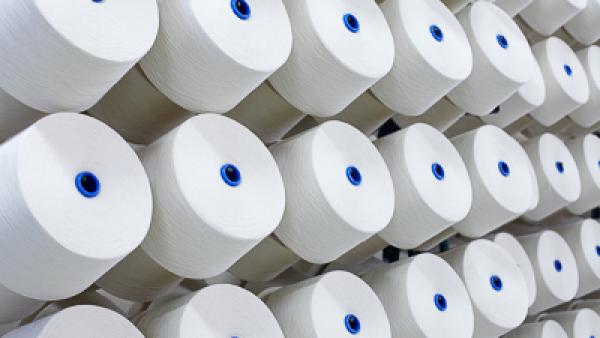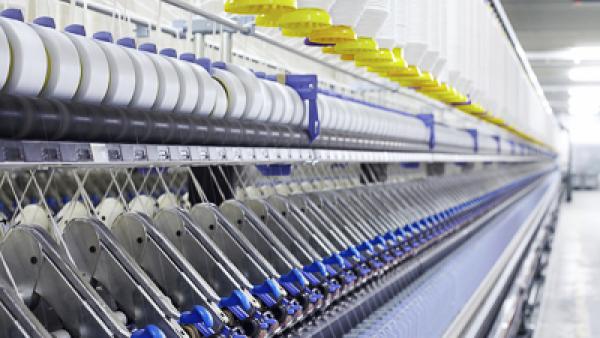Textile
Power Loom; Drainage Of Dyed Carpet; Cutting Table; Knitting Machine; Air-Powered Loom; Sock Knitting Machine; Yarn Steam Treatment
Application
Power Loom
Usually, powered looms use a small amount of air. Looms used for twill denim spinning or to operate medium-sized PFY facilities require 500-1,500 CFM of air. Extensive integration facilities and texturing units require an enormous amount of air, between 2,000 and 40,000 CFM.
Not only does United produce and supply reciprocating and screw compressors, air handling systems and automated monitoring technologies that meet all of the above air requirements, the company also continues to develop the latest compressor products, which have proven to be it is wise to invest in these products.
Drainage Of Dyed Carpet
The carpet must clean with clean water after dyeing. In this process, the carpet is soaked in water and must gently remove from the water using an economical method.
For this purpose, an adjustable suction tank used to feed the carpet into the suction roller. The vacuum pump connected with the leather suction roller pumps out the air in the groove, thereby discharging about 80% of the water remaining in the carpet. Constant airflow ensures careful handling of materials. Remove continuous water flow smoothly, then drain with working fluid.
Cutting Table
To facilitate the processing and positioning of many rolls of cloth, an air cushion formed on the cloth cutting table through a multi-hole plate. Once a roll of the fabric positioned, a vacuum suction will keep the fabric in its proper position on the cutting table.
Knitting Machine
The textile fabric will get dirty when a textile machine spins it. The dirt is extracted into the reservoir by the vacuum of the side-flow blower.
Air-Powered Loom
To easily facilitate the replacement of the weft spindles, the thread heads on the weft spindles stacked in the feeder are automatically drawn in and tensioned. Once all yarns on the weft spindle finishes, the yarn heads cut off and pulled into a wire container in front of the blower. After the spinning process is complete, clean the edges of the fabric with a vacuum cleaner to prevent the remaining threads from being pulled into the container.
Sock Knitting Machine
During the knitting process, compressed air applied to keep the finished sock part in the sock cylinder so that the knitting needle can move freely. Use a vacuum cleaner to eliminate stray wires. After the knitting completed, the socks sucked out of the cylinder and put into the container by compressed air connected to the receiving container of each knitting machine.
Yarn Steam Treatment
The yarn in a spinning machine is wound around a spool to make the yarn spiral. However, For further processing, the yarn must be straight. As a result, steam treatment is applied to the yarn, breaking the molecular arrangement of the material and smoothing the fibre structure.



 Deutsch
Deutsch Français
Français Español
Español Pусский
Pусский عربي
عربي Türk
Türk Indonesia
Indonesia Tiếng
Việt
Tiếng
Việt ไทย
ไทย

